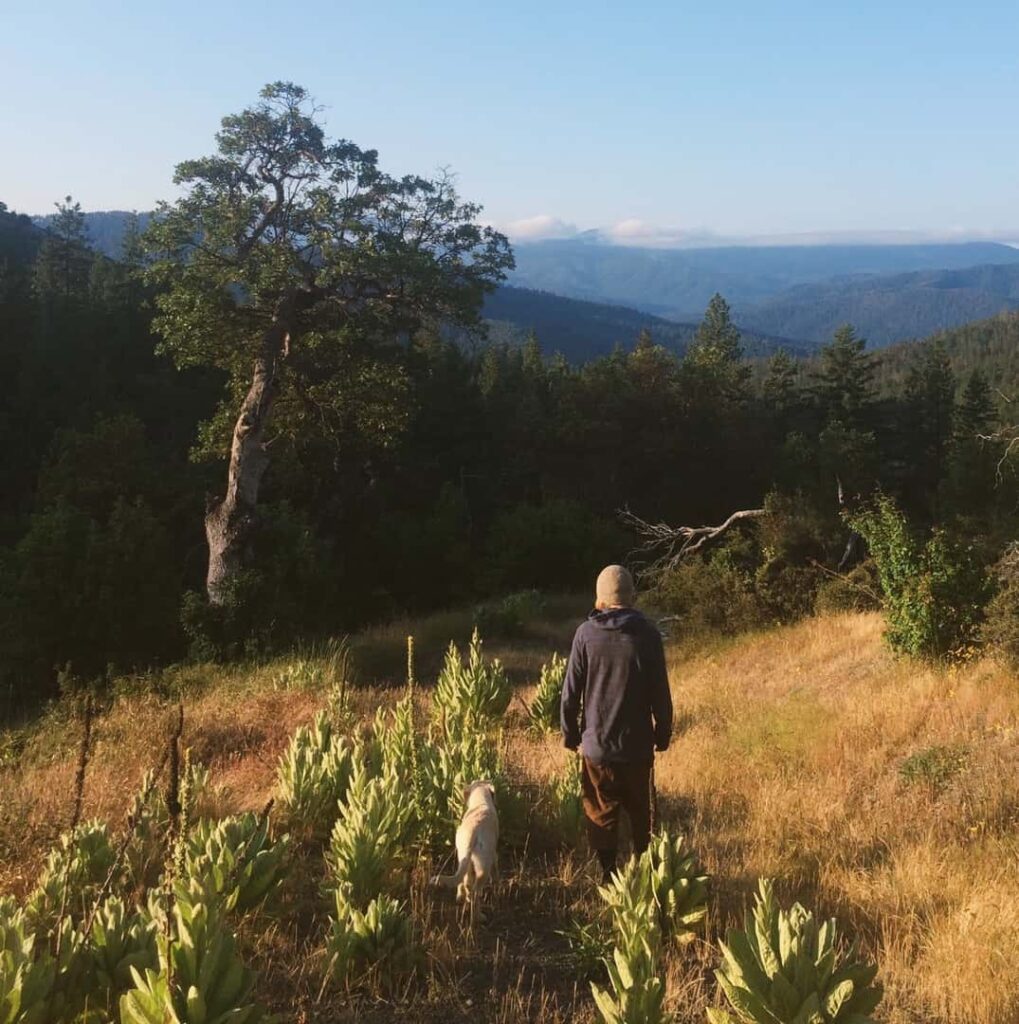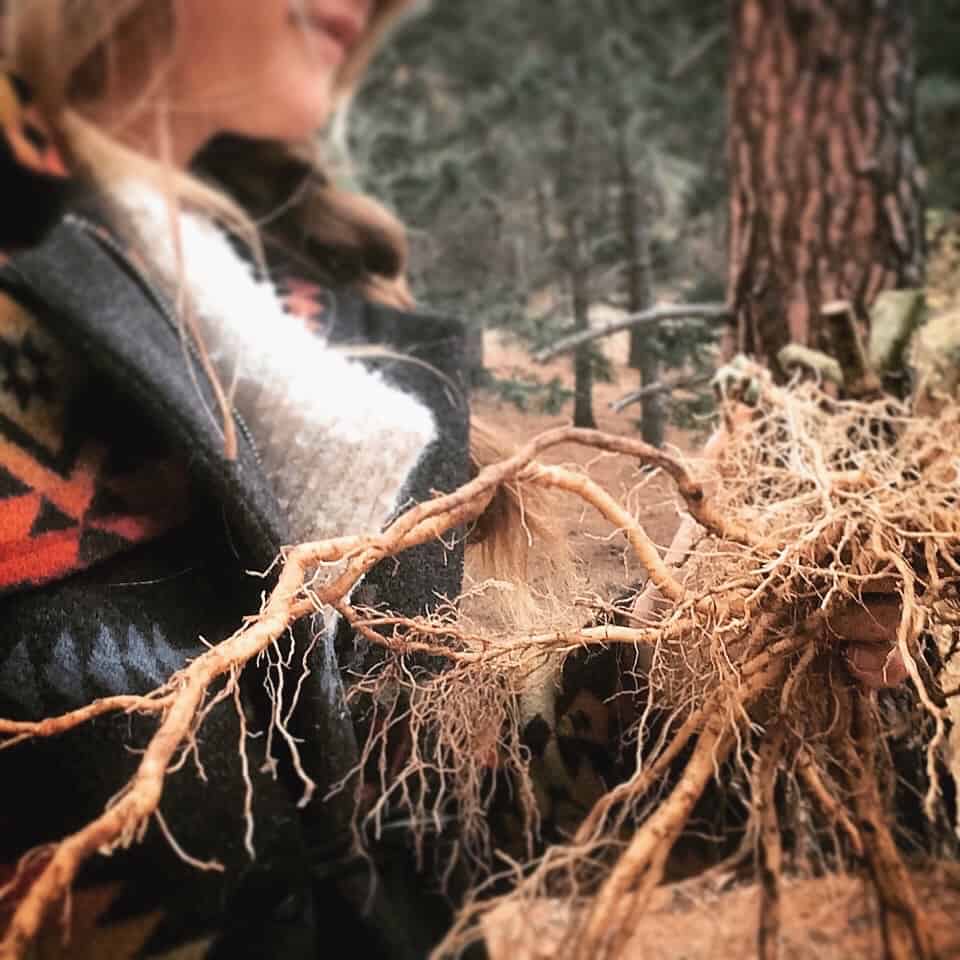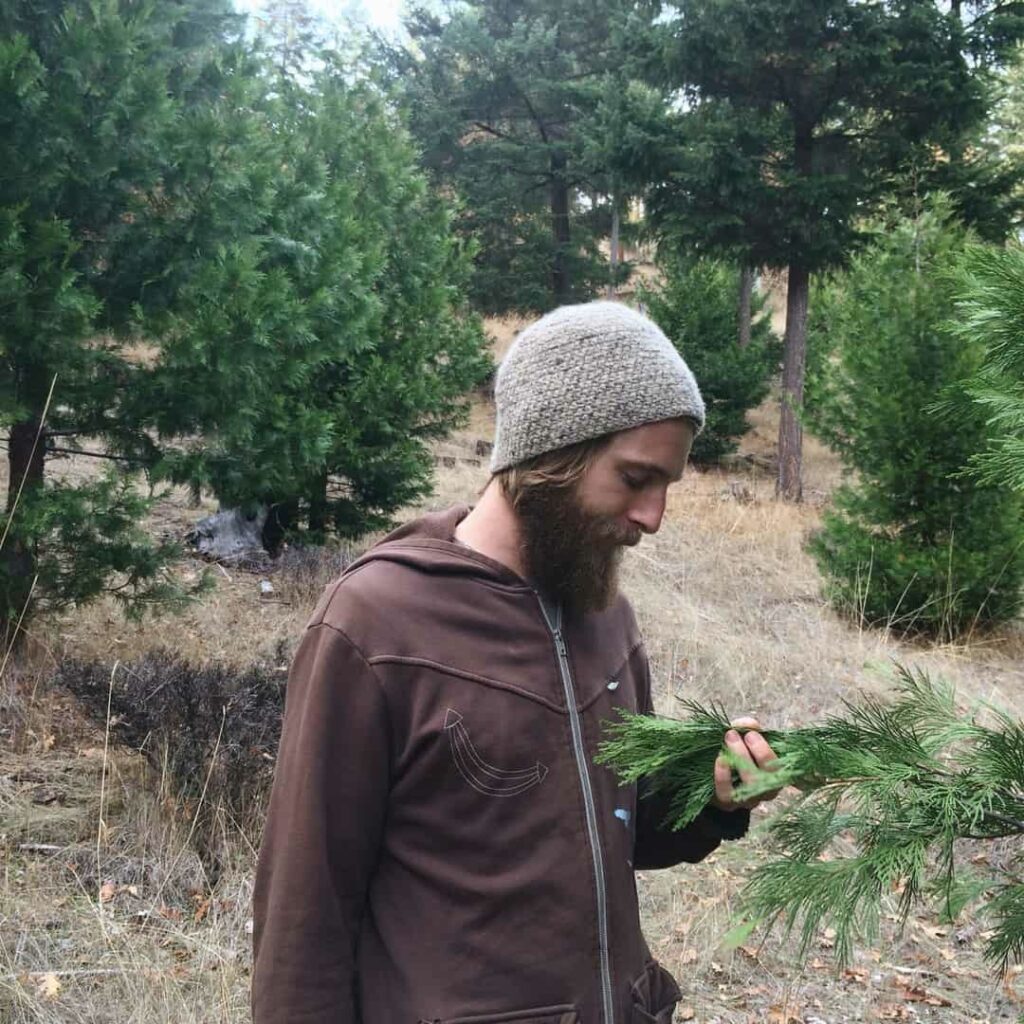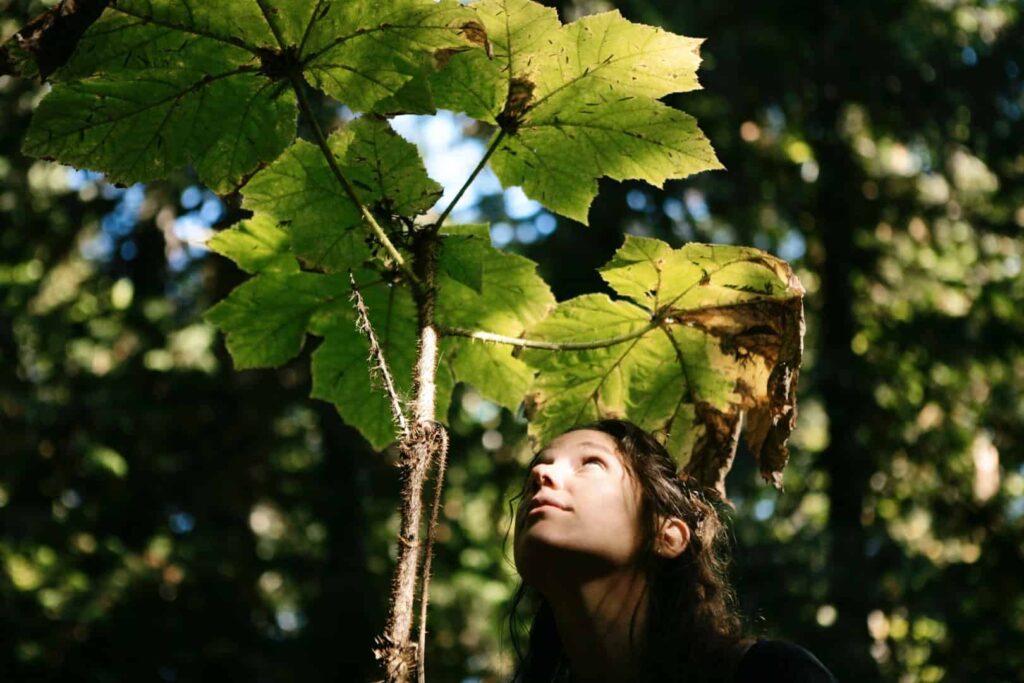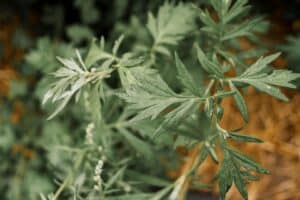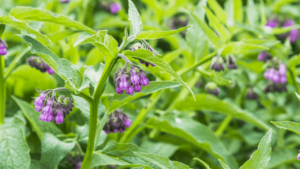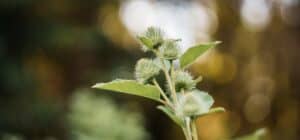As a microcosm of nature, the human body contains the cosmos within it. By developing a deep understanding of the ways in which the patterns, rhythms, and cycles of nature intimately affect the human body and its internal processes, you can pinpoint what needs to be balanced and which herbs will do the best job doing so.
In this week’s blog post, you’ll learn:
- How the patterns of nature reflect that of the body
- The two main approaches to healing: Ecosystem vs. machine
- The definition and role of energetics in herbalism
- How to connect with nature, no matter where you live
- How to learn plants by heart, and why this is better than memorization
Table of Contents
Your body is nature.
As you inhale, your lungs expand and diaphragm lowers, drawing in oxygen that the plants expel. The blood runs through your veins like water in a stream. Your skeletal structure creates a firmament of movement for you to move through the world. The electric signals in your brain spark psychological processes like a flame that dances, casting patterns of darkness and light with each flicker of movement.
The more you understand that your body is but a mirror to the natural world, the more you see the elemental and energetic cornerstones that form and direct health and wellness, as well as imbalance, in the body. By vowing to forever be a student of nature, nature vows to forever be your teacher.
A Critical Perspective
Our bodies are of nature, and the plants that we work with are of nature too. Although it may seem obvious, this perspective serves as a critically important foundation when working with plants and using them to provide healing for people.
It may sound simplistic, but the degree to which our bodies mirror nature expands far beyond what you might consider initially. Our whole body, organs, organ systems, tissues, and entire composite being including, the mind, body, and soul, form a mirror image that reflects the natural world. This wisdom is encapsulated in the ancient alchemical axiom “as above, so below,” and the concept that we are a microcosm of the greater pattern of the macrocosm. That in fact, they are one and the same.
When we allow this to sink in, it can profoundly influence the way in which you approach working with a client, how you select and use an herbal remedy, and how you view the healing process that ensues after administering a remedy.
Ecosystem vs Machine
You’ll encounter two main approaches to healing when you study and practice herbalism. In fact, you’re likely to have already experienced this from your experience speaking or working with medical practitioners of the conventional allopathic approach.
The body can be understood as an ecosystem or as a machine.
Traditional approaches to healing view the body as a lush ecosystem that is ever dynamic and fluctuates like the sun that dapples upon the sea. The body is not fixed or stagnant. Rather, it changes with the seasons, just as plants do. From this viewpoint, the body is a microcosm of nature, reflecting its cycles and possessing the elements of nature within it; earth, water, fire, and air. Lush and expansive, it’s a garden that requires a holistic approach to care rather than a reductive one.
With the ecosystem perspective in mind, you would look for patterns of disharmony to assist you in ascertaining which tissue state is out of balance. Once identified, you would select remedies that ameliorate symptoms while working to absolve the root cause contributing to the imbalance. It is this ecological understanding of the body that is at the foundation of many traditional systems of medicine prior to the advent of the scientific and biochemical understanding of the body.
The other approach to healing views the body as a machine. Favored by practitioners of conventional medicine, the body is broken down into parts that are treated individually rather than as a whole to restore optimal functionality.
In this paradigm, the organs and organ systems are viewed as parts of a machine that require repair or replacement when they are not working well. Although miracles are achieved through the development of modern science and medicine, this overall approach can be reductive at times, as it often fails to factor in the larger picture at hand.
Folks who practice herbalism through the mechanical lens might focus on selecting herbs based on their constituents and biochemical actions alone. While this approach is valid and can provide healing, it does not account for energetics or tissue states, which can lead to constitutional aggravations over time. This approach also tends to focus more on what herbs are remedial for certain diseases, rather than looking at the whole person who has a unique expression of imbalance.
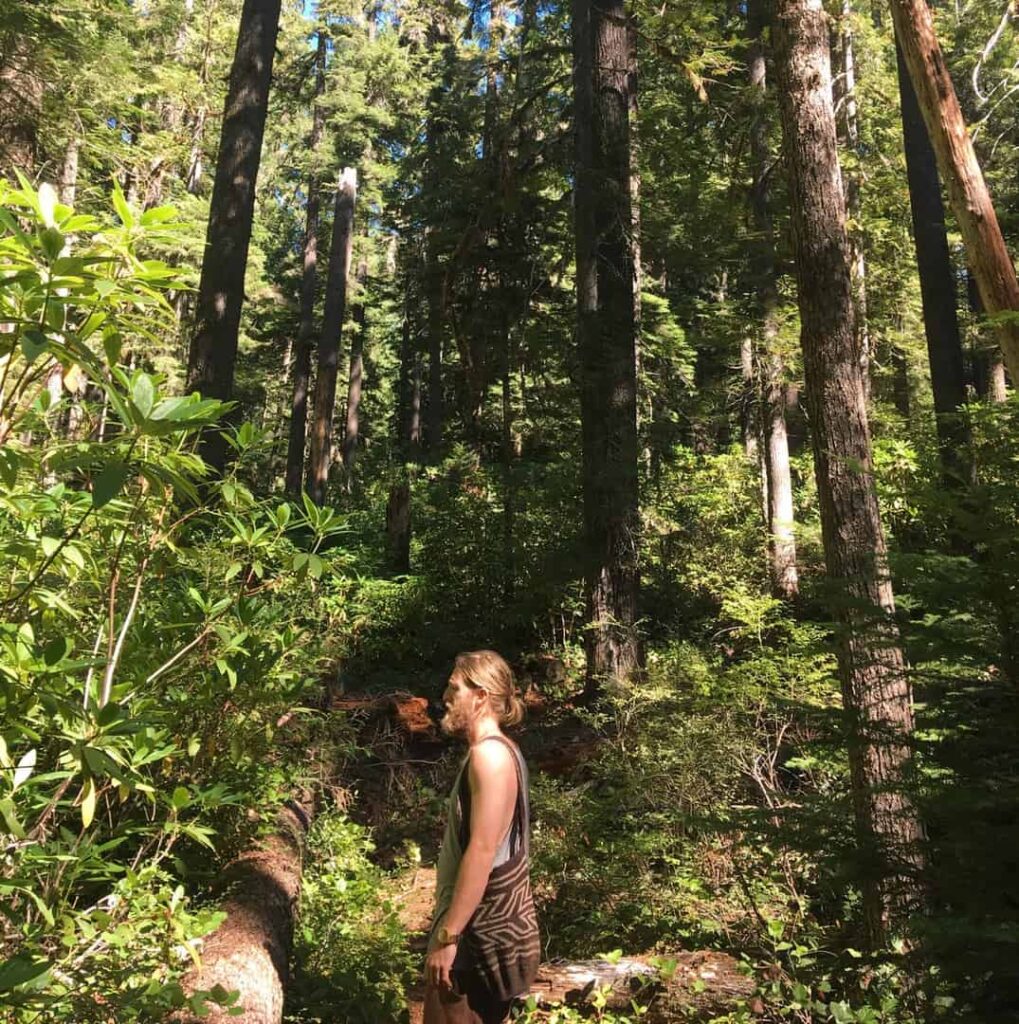 Energetics A B C’s
Energetics A B C’s
Don’t let the term fool you.
Although the word “energetics” may conjure images of an esoteric and lofty ideology, it is anything but. Providing herbalists with a grounded system of organization, energetics refers to the qualitative state of a given organ or tissue in the body. With three pairs of opposites, the six tissue states include hot, cold, damp, dry, tense, and lax.
With roots dating back to ancient Egypt, Greece, India, Tibet, and more, the system of energetics is present in numerous medical traditions and serves as a foundation of healing in a manner that is perceptive and precise. This system still operates today as an exceptionally accurate working model that can help you determine herbal remedies that will provide optimal healing for the people you care for.
This system is based on simple dynamics that we experience in nature, such as differences in temperature, moisture, and how the changing seasons and weather affect our bodies, hearts, and minds.
Understanding energetics is elementary to providing holistic healing. It’s elementary in the literal sense that it’s composed of the elements that sustain all life; earth, water, fire, and air.
One way you can deepen your understanding of how the energetics of temperature and moisture reflect in the body is by studying the pattern of heat.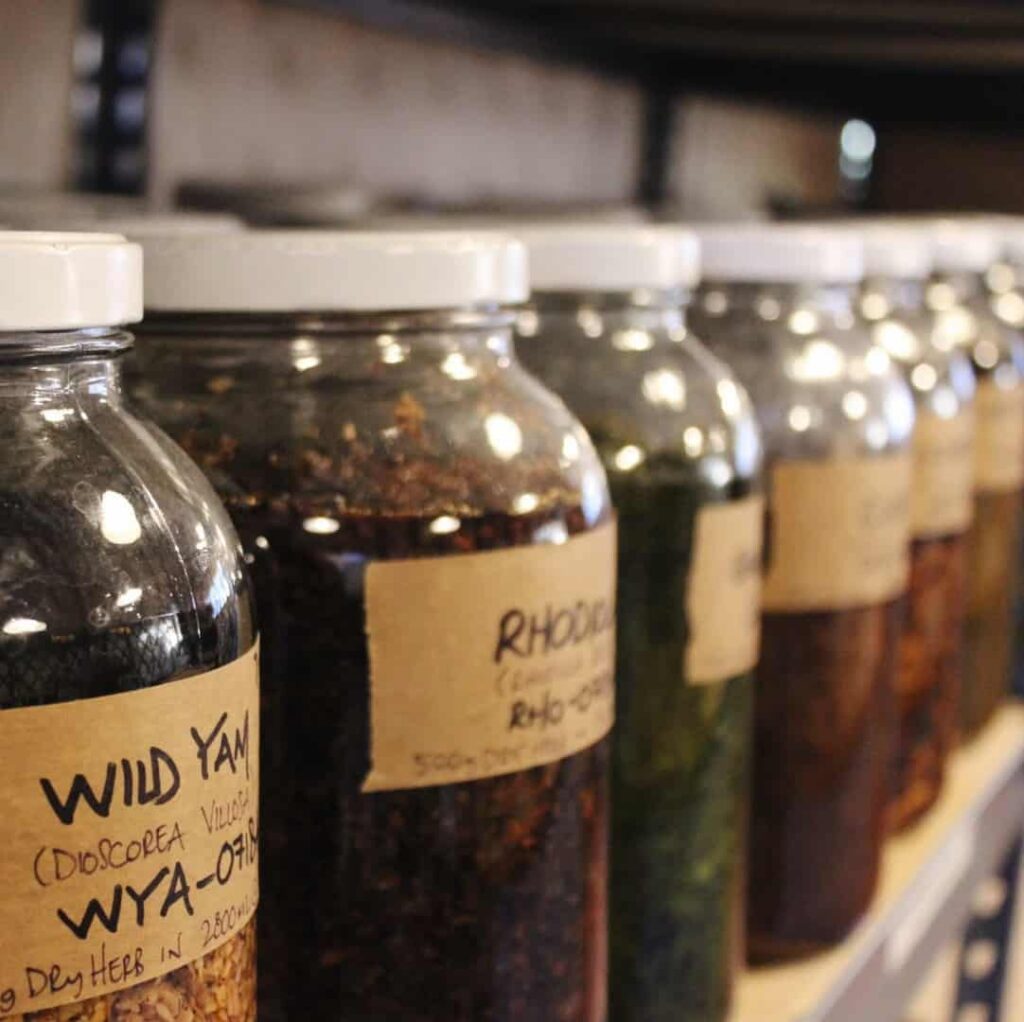
The energetic pattern of heat is clear during the hot summer months, after eating pungent and hot stimulating herbs (such as Cayenne [Capsicum annuum]) and after completing a vigorous exercise. In all cases, your physiological response will be similar: your body temperature increases, heart rate goes up, skin flushes red, and perspiration may occur.
These are all classic patterns of heat observable in the body. The heat shifts your entire physiological being. If it’s a blisteringly hot day and you find no respite from the heat, you may notice your typically mellow disposition turn to irritability and agitation. The way in which the hot external environment shifts your internal one illustrates one of the ways in which temperature affects physiology.
By paying attention to how temperature and moisture affect how you feel physically, mentally, and emotionally, you glean insight into how the elemental qualities impact you on a constitutional level.
There’s a distinct difference in how you feel in the winter compared to summer. This isn’t random. The more you connect with how you feel in response to the changing nature around you, the more you understand how the internal and external environments weave together to produce an environment that yields balance or imbalance.
A Student of Nature
I always like to say that as herbalists, we are first, foremost, and forever students of nature.
By recognizing that we are nature, just as plants are nature, the more you see that the two are inextricably connected. The deeper your connection to the natural world, the more you see its rhythms, cycles, and patterns reflected in your own body, heart, and mind, as well as the patterns and properties within the plants.
The more you connect with nature in this way, the deeper your understanding of plant medicine becomes. By studying nature, you can see that everything in the natural world is imprinted in our own bodies and the properties of the plants, this inherently makes you a better herbalist.
Rivers that flow across the earth flow throughout our vasculature. The ocean is like a mirror of our lymphatic system and its cleansing properties. The mountains and stones relate to the fixed elements of our bones. We see our organ systems directly in the natural world, even on a pathological level. For example, if a creek is flowing, the water is pure and clean. However, if that water slows down, stands still, and begins to stagnate, the water can transform into a marshy and swampy bog that acts as the perfect grounds for bacteria to breed and mosquitoes to swarm. This occurrence in nature reflects the pathological pattern that the physiomedicalist physicians would refer to as “damp stagnation.”
In the case of damp stagnation, the fluids in the body, such as the lymphatic fluid or extracellular fluids, cease to flow well, slowing down and becoming stagnant. As this occurs, toxicity accumulates and it becomes much more prone to infection. In an attempt to purify and cleanse stagnation, the body will activate an immunological and inflammatory response. Some examples of conditions related to damp stagnation include weeping eczema, a puffy and swollen arthritic joint, or a respiratory infection resulting in a mucousy cough.
By observing the environment that a plant grows in, you can often ascertain the healing properties of the plant. For example, plants often embody the energetics of the ecosystem they grow in, or they contain the opposing remedy for that environment. For example, Aloe Vera (Aloe vera) is a cooling, demulcent, and moistening plant that soothes and cools heat, inflammation, and dryness in the body. Interestingly enough, it grows in the desert, where it is arid, hot, and dry! This plant provides the remedy for the ecosystem it grows in.
Another plant illustrating this is Marshmallow (Althaea officinalis). As the name indicates, this herb grows in marshes and other damp, moist environments. Matching the ecosystem it grows in, Marshmallow possesses soothing, cooling, and moistening properties with its medicinal mucilage.
By understanding the different ecological environments we have on Earth and how they reflect internally, we can start to understand how to incorporate and administer herbs in a way that will help bring someone’s inner ecosystem back into balance.
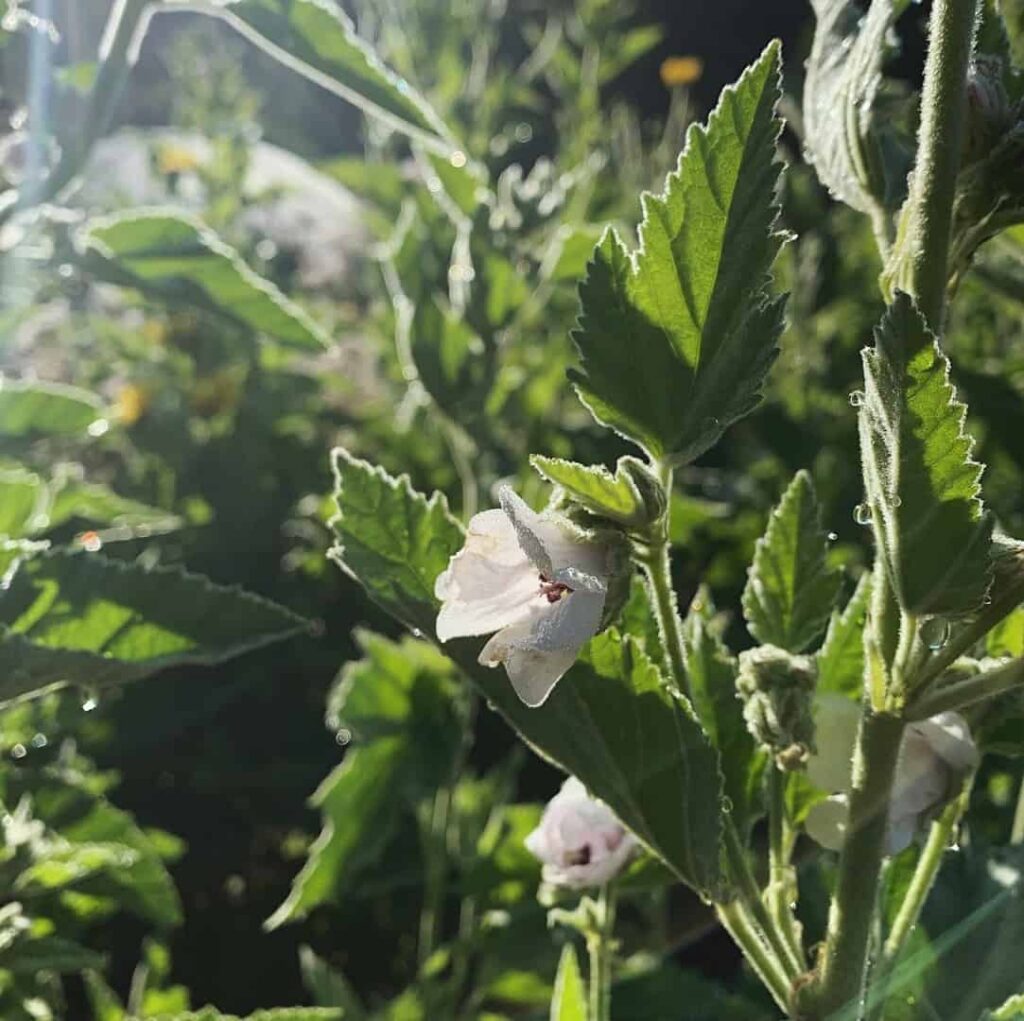
Nature is Everywhere
If you live in the concrete jungle (also known as a city), you may feel like you have less accessibility to nature and connecting to the plants that would otherwise surround you.
Although it’s understandable why you’d feel this way, with the tall building reaching towards the sun and the sound of buses going by drowning out the falling rain, nature is always around you. You don’t need to run to a forest to connect with it.
No matter where you are, you are technically still in nature. You are still exposed to the wind that blows past your face, the sun that shines down on you, and the rain that saturates your clothing when you forgot your umbrella at home.
It might not be the picturesque field you had in mind, but there are usually parks or nature sanctuaries in which you can sit and connect to nature. If you have access to a Botanical Garden or Arboretum, sitting with the plants or making a point to visit often can help you connect with nature in a way that might feel difficult to obtain in a city.
If this isn’t an option, simply feeling the elements around you and noticing how the changing of the seasons impact the way you move, eat, and dress is enough. Nature is everywhere. By attuning yourself to the endless way it touches your life, you are never truly far from it.
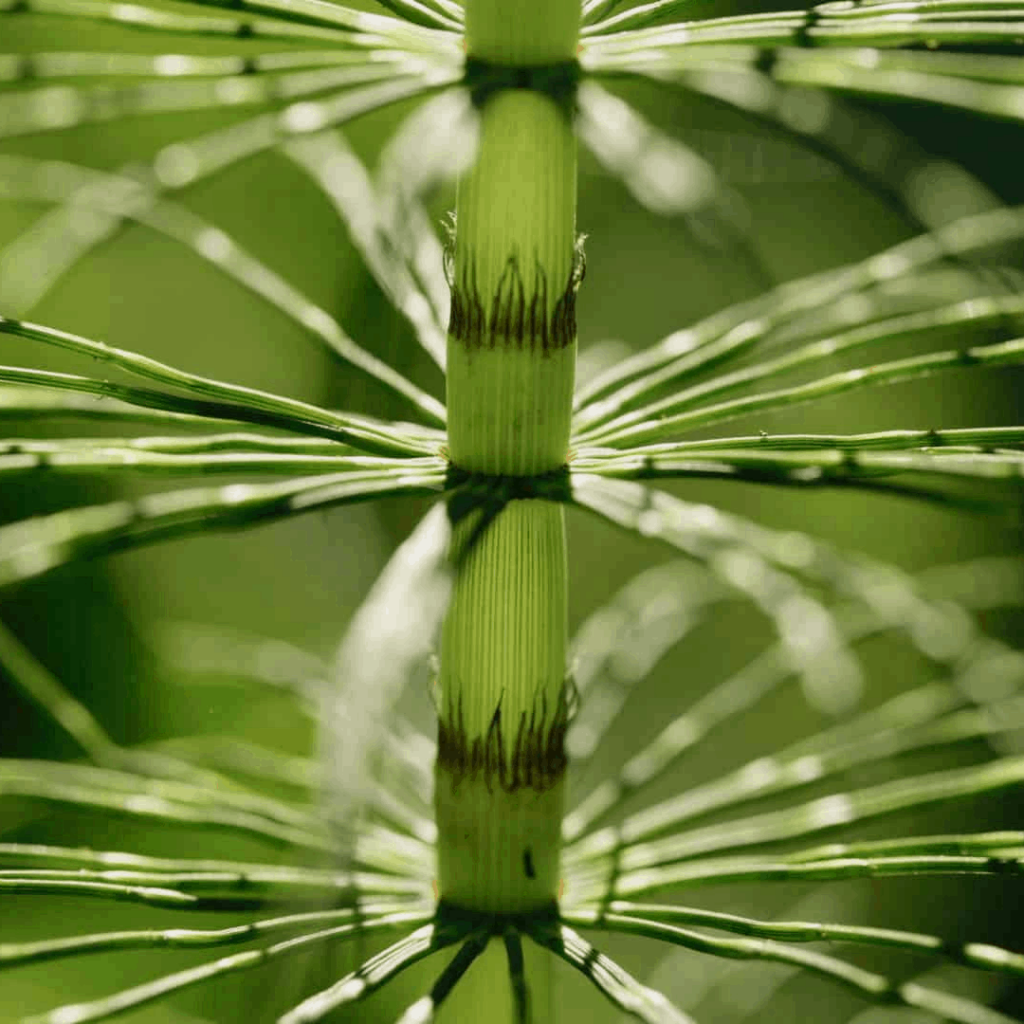
Learning by Heart
Studying herbalism is a long and winding path.
There’s so much to learn, and many people feel overwhelmed by the amount of information there is to learn about plants. Between their chemistry, actions, medicinal attributes, specific indications, Latin names, and more, it’s a whole lot to remember!
I’ve got good news for you though.
You don’t need to memorize this information. Contrary to what you might have learned growing up in conventional education systems, studying and learning about the plants experientially and by heart is much more effective than memorizing the information about each one.
Memorizing something and learning it by heart carry two very different energies. When you learn something by heart, you transcend the intellect and integrate the knowledge you’ve gained into your heart, something you can’t gain from memorization alone. We memorize information in our minds, but we understand knowledge within our hearts. It is more integrated into our being and less temporal than memorization.
Become a student of nature and study the seasons, weather, and plants that surround you. Whether you live in the countryside or the bustling city, pay attention to the patterns and cycles and ask yourself how what you’re observing relates to yourself internally on the physical, emotional, physiological, spiritual, or archetypal level.
Once you practice this, your entire approach to studying herbal medicine will transform and deepen. Through developing a relationship with plants and nature, you draw the knowledge you’ve learned about the plants into your heart, where it settles and leaves a lasting impression.
Mirror Mirror
We are intrinsically a part of nature. More so, we are nature. As inextricably connected as the sun is to the sky and the ripples that dance across the surface of the sea, every process that exists in nature shares an equivalent mirrored in the body. And if you learn to look at the plants in the right way, you’ll see those same processes in the properties of your herbs.
The more you identify the ways in which your human experience intertwines with nature, the more you see that caring for Earth is an extension of caring for yourself. To care for your body is to care for our precious Earth, and to care for the Earth is to care for your body.
By looking deeply and paying attention to the mirror image we share between ourselves, the lush field, open pastures, rich forests, and even the lone tree in the square of Earth in the sidewalk, the more we understand the attributes of the plants reflected within our own mind, body, and soul. This is the deepest way we can understand our bodies, the plants that heal them, and the symbiotic relationship that exists between the two.


